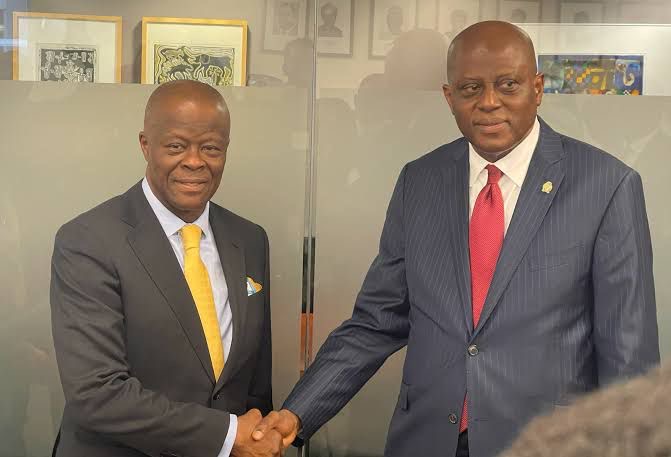
Explained in Simple Terms
By Usman Ishaq Shehu
PhD Candidate | Editor in Chief, J.O.Comms | Public Affairs Analyst and Strategic Communicator
There has been a lot of talk about Nigeria’s recent plan to borrow $22.5 billion. Some people are worried or confused, but here is what the plan actually means and why it is not as bad as some critics are making it seem.
1. It is Not All Borrowed at Once
a. The $22.5 billion loan plan is spread across 3 years, 2024 to 2026.
b. Only what is approved in each year’s national budget is borrowed.
c. For example, the 2025 loan is just $1.23 billion, and it has not even been accessed yet.
2. It is for Important Projects
a. The loan is strictly tied to developmental projects, not wasteful spending.
b. These include electricity transmission lines, roads, railways, and irrigation for farming.
c. Other areas covered include internet access expansion, fighter jets, and national security infrastructure.
3. States Will Also Benefit
a. This is not a federal only loan. States across all geopolitical zones are included.
b. States like Abia, Lagos, Kaduna, Borno, Gombe, Oyo, Niger, Sokoto, and Yobe are beneficiaries.
c. This makes the plan a national development effort, not a centralised one.
4. Where the Money Is Coming From
a. Most of the funds will come from development partners like the World Bank and AfDB.
b. These loans come with low interest and long repayment timelines.
c. This type of borrowing is called concessional and is considered very sustainable.
5. Nigeria’s Debt Is Being Managed
a. The loan is structured in a way that will not overload Nigeria’s finances.
b. Borrowing is spread over time, with some projects drawing funds over 5 to 7 years.
c. Debt servicing (repayment) has already started to reduce from its 2023 peak.
6. How the Government Is Paying Back
a. Government revenue collection has improved with better digital monitoring.
b. NNPC and other agencies are now expected to pay more into government accounts.
c. Tax reforms are ongoing to make revenue generation more efficient.
7. Why This Loan Makes Sense
a. Every modern economy borrows for growth. What matters is how the funds are used.
b. The loan will help fund vital sectors like transport, agriculture, energy, and security.
c. It is targeted at economic growth, job creation, and national prosperity.
In Conclusion
This is not just borrowing for the sake of it. It is borrowing with a clear direction, accountability, and a development purpose. Nigeria’s future depends on smart investment, and this loan, if well managed, can help lay that foundation.
